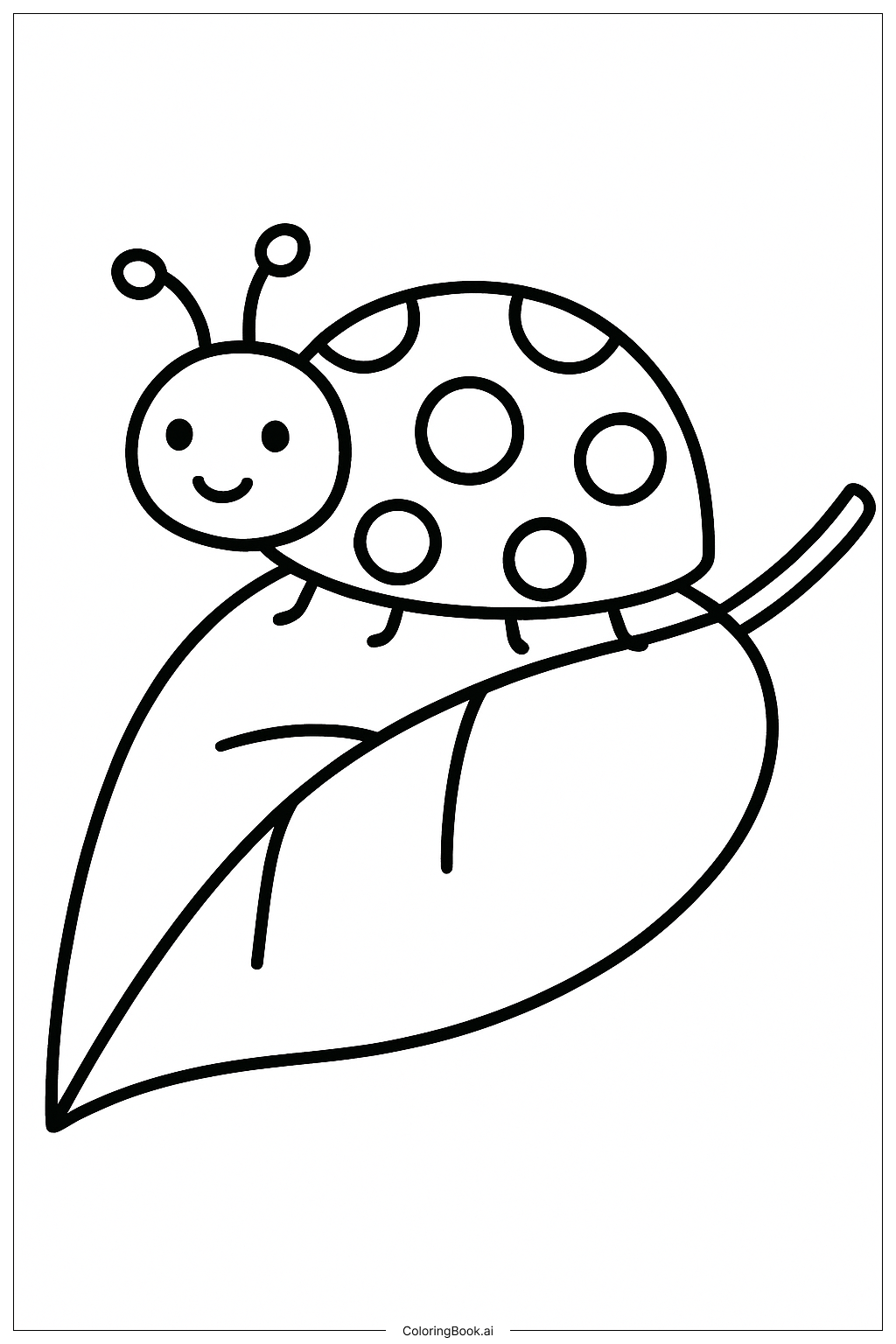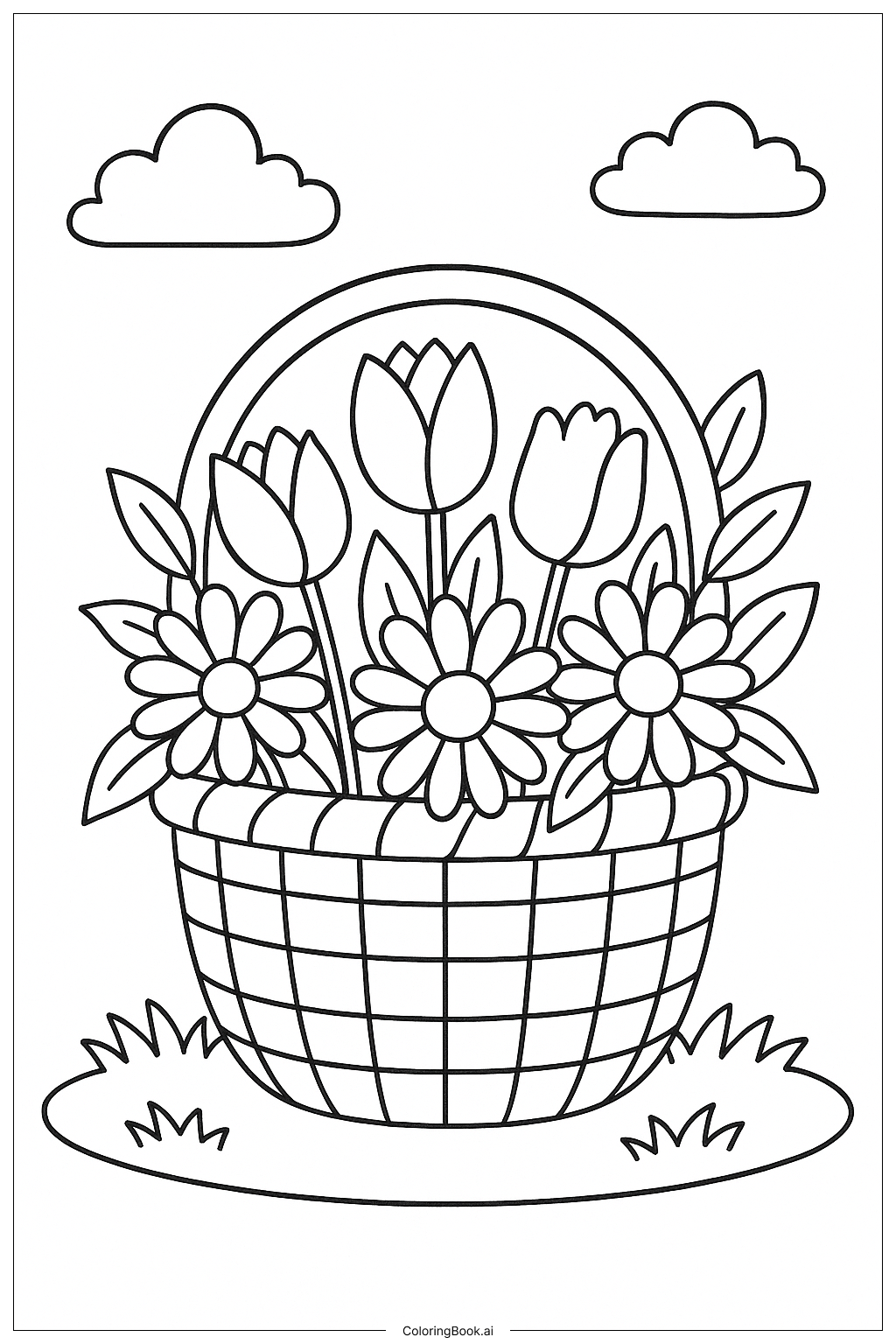Coloring tips: How to color A Ladybug on a Spring Leaf coloring page well?
Use bright and natural colors to make the picture lively. Color the ladybug's body red and its spots black to look realistic. The leaf should be green, but you can try different shades to add depth. Use lighter green on the edges and darker green near the veins. You can color the antennae and legs in black or dark brown. Adding some background colors like light blue for the sky or yellow for sunshine can make the image more interesting. Remember to color inside the lines carefully to keep it neat.
Coloring challenges: Which parts are difficult to color and need attention for A Ladybug on a Spring Leaf coloring page?
1. Coloring the small spots on the ladybug's back can be tricky because they are round and close together. Be careful to stay inside the lines. 2. The leaf has veins that may be hard to color without mixing colors. Try to use different shades of green to make them stand out. 3. Coloring the ladybug’s tiny legs and antennae requires attention to detail because they are thin and small. 4. Blending the colors smoothly on the leaf to show depth and natural light can be challenging. 5. Adding background colors while keeping the ladybug and leaf neat might take some practice to avoid overlapping.
Benefits of coloring books: Advantages of drawing A Ladybug on a Spring Leaf coloring page
Coloring this picture helps improve hand-eye coordination and fine motor skills as children color small areas like the ladybug’s spots and legs. It encourages focus and patience by staying within the lines. This activity also promotes creativity, allowing children to experiment with different shades of green and red. Moreover, it teaches about nature and insects, fostering a love for the environment. Coloring this spring-themed image is a relaxing and fun way to develop important skills while enjoying art.




